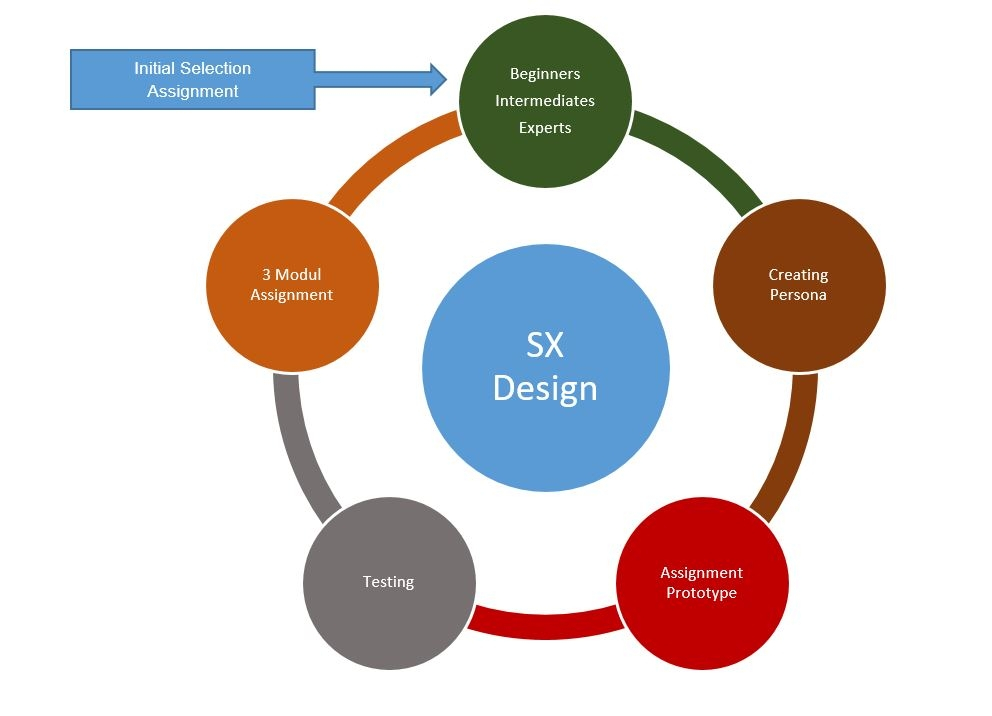
The field of information design encompasses various aspects of visualising and presenting information effectively. While the popularity of specific courses may vary over time, here are some popular courses in information design that have gained recognition:
Introduction to Information Design: This course provides an overview of the principles and concepts of information design, including data visualisation, typography, layout, and user experience design.
Data Visualization: This course focuses on techniques for visualising complex data sets and information. It covers topics such as chart design, interactive visualisation, storytelling with data, and using tools like Tableau, D3.js, or Adobe Illustrator.
User Experience (UX) Design: UX design courses explore how to create intuitive and user-friendly interfaces for digital products. They cover topics like user research, wireframing, prototyping, usability testing, and interaction design.
Information Architecture: This course delves into organising and structuring information effectively for websites, applications, and other digital platforms. It covers topics like navigation design, content organisation, and taxonomy development.
Typography and Layout: This course focuses on the principles of typography and layout design, including hierarchy, grids, colour schemes, and visual composition. It explores how to create visually appealing and readable designs.
Human-Computer Interaction (HCI): HCI courses examine the interaction between humans and computers, emphasising the design of user interfaces and interaction techniques. They cover topics like usability, accessibility, cognitive psychology, and interface prototyping.
Visual Communication Design: This course explores the fundamentals of visual communication, including graphic design principles, branding, image manipulation, and visual storytelling.
Information Design for the Web: This course specifically addresses designing effective information structures and user interfaces for websites. It covers topics like responsive design, web accessibility, and content strategy.
Design Thinking: Design thinking courses provide a problem-solving framework used in various design disciplines, including information design. They focus on user-centred approaches, creative ideation, prototyping, and iterative design processes.
Design for Data Analysis: This course focuses on designing visualisations and interfaces for data analysis and decision-making. It covers topics like statistical graphics, dashboard design, and understanding user needs in data-driven contexts.
Remember that the popularity of courses may vary depending on the institution, location, and current trends in the field. It's always a good idea to research and choose courses based on your specific interests and career goals.